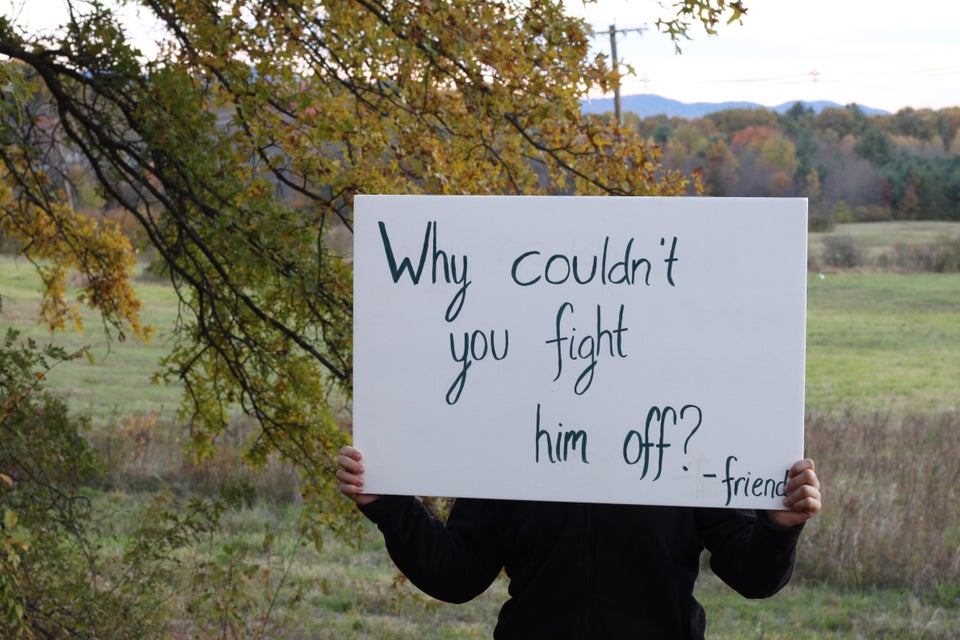
An Ohio University sophomore is being harassed by random people online who have decided she's the student at the center of an alleged sexual assault that was photographed and shared on Twitter and Instagram earlier this month.
Rachel Cassidy, the OU student, reported to the Athens Police Department that she received numerous harassing messages online last week accusing her of filing a false rape report.
Earlier this month, a female OU student reported that an Oct. 12 public sexual encounter, photographed by onlookers, was an assault. No charges have been filed in the alleged sexual assault case and the university has not released the name of the victim or the accused.
That hasn't stopped fringe online commenters from falsely identifying Cassidy as the woman seen in the video and posting links to contact her.
Cassidy is so worried, she did not leave her sorority house from Thursday through at least Monday morning, according to the student newspaper, the Post.
"Wednesday night, my friend called me and said there were pictures posted of me linked to the woman in the video saying I was her, although that’s untrue," Cassidy told the Post. "I was nowhere near where the incident occurred (Saturday). I have no idea why I was targeted.”
OU Dean of Students Jenny Hall-Jones confirmed to the Athens Messenger that Cassidy is not the woman in the video. But that only served to get users of an online forum posting information about Hall-Jones and calling her a "man-hating feminist."
Cassidy's father, Steve, told the Post that he believes his daughter is only being targeted because she also has long, curly hair.
"You hope that nothing ever happens to your child,” Steve Cassidy said. "You can’t imagine, ever, that something could happen. It's not your child, and somehow she's misidentified as being a part of the incident. It goes around the globe on the Internet. The venom is horrific."
The misidentification serves to reinforce arguments made at BroBible, PolicyMic and ThinkProgress that it might not be the best idea to circulate a photo of an alleged sexual assault.
"What is more disturbing are the social implications of what it means for someone to have been standing there watching this thing happen, videotaping it with their phone instead of getting involved and trying to help the victim," Andrew Powers, chief of police at OU, told the Post shortly after the alleged assault.
Elizabeth Plank at PolicyMic argued this incident reinforces a "troubling" trend among young people and sexual assault.
"Whether it is the assailant who shares the video-graphic evidence, or whether it is by-standers, the reasoning behind capturing and sharing the sexual assault of a woman or girl is usually the same: it is in an effort to humiliate the victim, rather than shame the rapist," Plank wrote. "This exemplifies the persistence of victim-blaming, making the very real consequences it has on women and girls undeniable."

